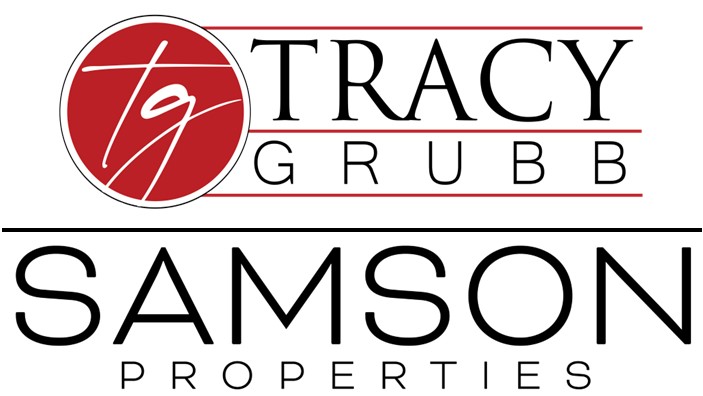
The Impact of Aging Infrastructure on Home Values: A Closer Look at the Hidden Costs
As cities and neighborhoods age, so too does the infrastructure that supports them. From crumbling roads to outdated utility systems, the impact of aging infrastructure on home values is a complex and often overlooked facet of real estate. Homebuyers and sellers alike may not always consider the state of a community's infrastructure when making decisions, but the repercussions can be significant.
One of the most noticeable effects of aging infrastructure on home values is the deterioration of roads and transportation systems. Cracks, potholes, and outdated traffic management can make daily commutes a nightmare, impacting the overall convenience of a location. Homebuyers are increasingly factoring in commute times and transportation infrastructure when deciding where to live, and neighborhoods with outdated or poorly maintained roads may see a decrease in demand.
Moreover, aging utility systems pose a hidden threat to home values. In many older communities, water and sewage systems may be outdated, leading to increased maintenance costs for homeowners. Leaky pipes, inefficient plumbing, and water quality issues can arise, making the overall living experience less enjoyable. Potential buyers may be deterred by the prospect of having to invest in costly upgrades to ensure the longevity and efficiency of their home's utility systems.
Another aspect often overlooked is the impact of aging infrastructure on property taxes. As communities struggle to maintain or upgrade their infrastructure, local governments may resort to increasing property taxes to fund these projects. This additional financial burden can be a turn-off for both potential buyers and current homeowners, causing a decline in property values. A neighborhood that once seemed affordable may become less attractive when the cost of living increases due to rising property taxes.
Aging infrastructure also affects the aesthetics of a neighborhood. Streetlights, public parks, and community spaces that are outdated or poorly maintained can contribute to a decline in the overall appeal of an area. This not only influences the desirability of a neighborhood but can also impact a home's curb appeal and resale value. Homebuyers are often drawn to well-maintained and aesthetically pleasing neighborhoods, and the lack of investment in public spaces can diminish the overall image of a community.
Furthermore, the impact of aging infrastructure extends beyond the visible elements. Outdated electrical systems, lack of broadband infrastructure, and limited access to modern amenities can make a neighborhood less attractive in the eyes of tech-savvy and modern homebuyers. As remote work becomes increasingly prevalent, access to high-speed internet and reliable utilities is becoming a crucial factor in home-buying decisions. Neighborhoods lacking these essential features may experience a decline in demand and, consequently, home values.
In conclusion, the impact of aging infrastructure on home values is multifaceted, encompassing everything from daily conveniences to long-term financial considerations. Homebuyers and sellers alike should be aware of the hidden costs associated with deteriorating roads, outdated utilities, and neglected public spaces. Investing in the maintenance and improvement of infrastructure is not only essential for the well-being of a community but can also contribute to the long-term appreciation of home values. As we navigate the challenges of urban development, it's crucial to recognize the integral role that infrastructure plays in shaping the real estate landscape and the overall desirability of our communities.








